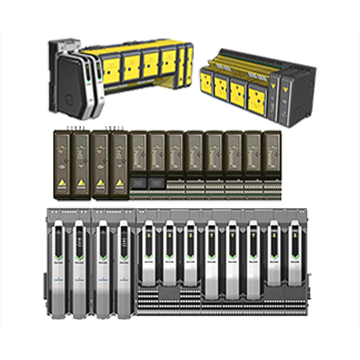Unlock the Secret to the Perfect Temperature Control: Discover Your Ideal Option Today!
Temperature controllers play a vital role in maintaining optimal conditions across various applications, from HVAC systems to greenhouses and even intricate industrial processes. These devices ensure that temperature fluctuations are minimized, contributing to efficiency, safety, and product quality. In this article, we will explore the different temperature controller options available on the market, helping you make informed decisions to find the ideal solution for your specific needs.

Understanding Temperature Controllers
Temperature controllers are electronic devices designed to maintain a specified temperature level within a given environment. They achieve this by regulating heating and cooling systems to reach and sustain the desired temperature. There are several types of temperature controllers, including on/off, proportional, and PID (Proportional-Integral-Derivative) controllers. On/off controllers simply toggle the heating or cooling system on and off to maintain temperature, while proportional controllers adjust the power output based on the difference between the current and desired temperature. PID controllers, on the other hand, utilize a more complex algorithm to provide precise temperature control, making them suitable for applications where temperature stability is critical.
Types of Temperature Controllers
The market offers a diverse range of temperature controllers, each with its own advantages and disadvantages. Understanding these options will help you select the best fit for your requirements. Temperature controllers can be categorized as analog or digital, standalone or integrated systems, and wired or wireless options. Analog controllers are typically simpler and more cost-effective, but they may lack the precision and features of digital controllers. Standalone systems offer flexibility and ease of installation, while integrated systems can streamline operations but may involve more complex setup. Wired controllers provide reliable connections, whereas wireless options offer greater mobility and ease of use.
Analog vs. Digital Controllers
When comparing analog and digital temperature controllers, accuracy and ease of use are critical factors. Analog controllers tend to be less accurate, relying on mechanical components, while digital controllers provide precise readings and advanced features such as programmable settings and data logging. Although digital controllers may come at a higher upfront cost, their long-term benefits, including improved efficiency and reduced energy consumption, can justify the investment.
Standalone vs. Integrated Systems
Standalone temperature controllers are designed to operate independently, making them easy to install and configure. This simplicity is advantageous for users who require a quick solution without the complexity of integrating multiple systems. In contrast, integrated systems are built into larger setups, such as HVAC systems or industrial machinery, offering seamless operation and enhanced efficiency. However, they may require a more complicated installation process and may limit flexibility in future upgrades or modifications.
Wired vs. Wireless Options
Wired temperature controllers are known for their reliability and stable connections, making them suitable for applications where consistent performance is critical. However, they can be cumbersome to install, especially in larger setups. Wireless temperature controllers, on the other hand, provide the advantage of easy installation and flexibility in positioning. They can be ideal for remote monitoring and control; however, their performance can be influenced by signal interference and range limitations.
Key Features to Consider When Choosing a Temperature Controller
When selecting a temperature controller, several key features should be taken into account. Accuracy is paramount; a controller that consistently provides precise temperature readings will ensure optimal performance of the systems it regulates. Response time is another critical feature, as it determines how quickly the controller can adjust the temperature when fluctuations occur. Programmability allows for customized settings, making it easier to manage temperature changes based on specific needs or schedules. Finally, a user-friendly interface can significantly enhance the overall experience, allowing users to navigate settings and monitor performance effortlessly.
Choosing the Right Temperature Controller for Your Needs
In summary, selecting the right temperature controller is essential for maintaining optimal conditions in various applications. By understanding the different types available and their key features, you can make an informed decision that aligns with your specific needs. Whether you require precision, ease of use, or flexibility, evaluating your preferences and requirements will ultimately lead you to the most suitable temperature controller for effective temperature management.








